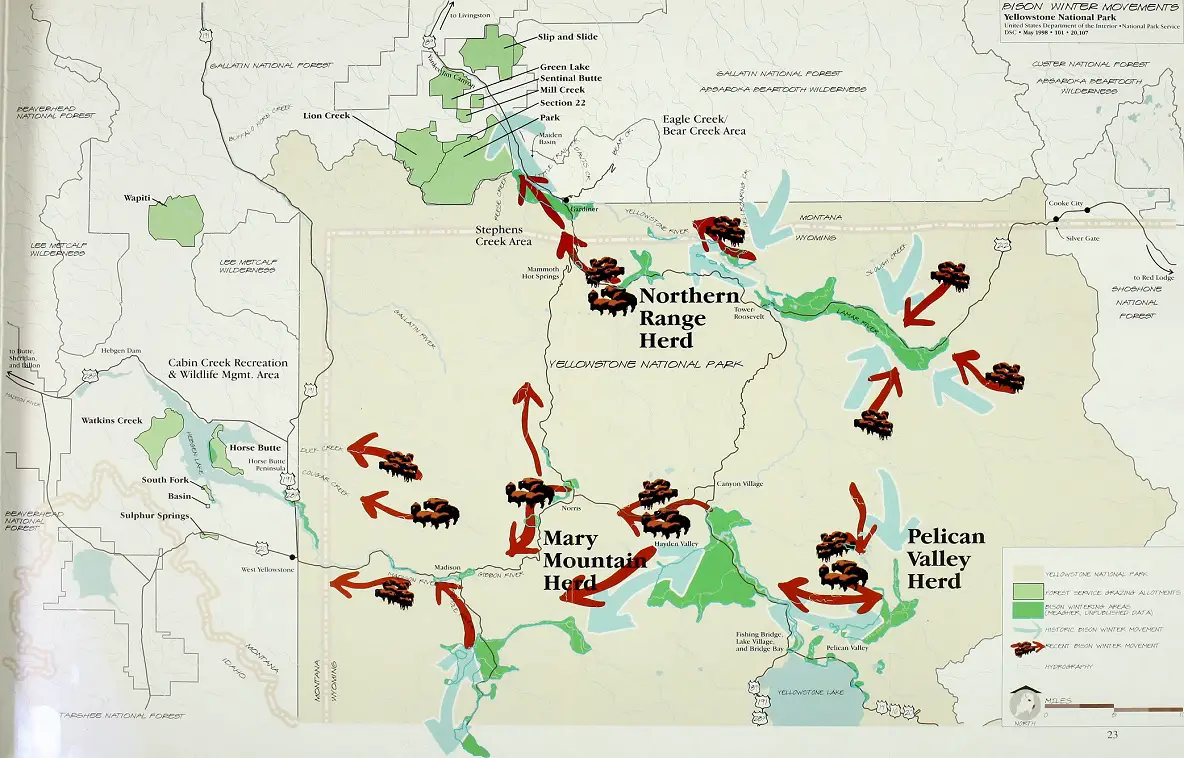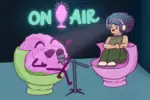Podcasts are quickly becoming the go-to for information, especially information that affects daily life. Everyone wants to be in the know, so that information had better be accurate and well-rounded.
While maintaining a professional visage, “Threshold” is one podcast and public radio show that balances many sides of wildlife conservation in Montana and beyond, bringing its power through stories and historical relevance.
You, Me and the American Bison
Each season of “Threshold” focuses on one topic to explore in-depth, bringing in interviews from all sides of the issue at hand.
The first season explores the American bison and how the nation deals with their staggering presence. The Salish word for bison translates to “many black spots,” or “many.” Bison are large in stature, yes, but also in numbers. Historically, there were many more bison than humans roaming North America.
The American bison are large in other presences as well, and that’s where the narrative gets messy. “Threshold” shares opinions from across the board on how bison and Montana’s livestock coexist — or if they can coexist. Between food scarcity and disease, it’s tricky.
Bison are migratory creatures, so the confines of places like Yellowstone can only keep out the hunters in certain areas. Once the bison cross that invisible line, however, they become vulnerable. Plenty are also sent to slaughterhouses each year, and “Threshold” delves into why this is the case.
The founder and producer of “Threshold,” Amy Martin, interviews a variety of people in her quest to find an answer to the issue of the bison. There are cattle ranchers, rangers working at Yellowstone and native people who all have something significant to add to the conversation, and not once are there any clear villains or heroes to these narratives. The main concern is the fate of the bison.
“Threshold” provides numerous pieces of written information on their website explaining in more detail about various subjects that they reference throughout the show, including the Interagency Bison Management Plan (IBMP). The podcast’s goals are laid out in their “About” section if there are any other questions about their motivations in delving into the anecdotal side of journalism as well as the statistical.

The Nature of Stories
The stories presented in “Threshold” come from a range of people from different backgrounds. Their anecdotes about their experiences with bison or their ancestor’s experiences with bison help shape a whole story that doesn’t just include soulless facts.
Storytelling is the most human way for people to connect on personal levels and understand information, and creating a bond is much easier with anecdotal information versus straight facts. Indeed, the podcast’s website says, “What we lack is context and perspective. If we don’t absorb the meaning of what we’re taking in, the data is almost worthless.”
Hearing that 900 Yellowstone bison are going to be killed is alarming, yes, but not as alarming as rolling through the West and leaning out of your window to see the massive creatures dozing in a prairie 100 yards from your car. Then you realize what 900 of them must look like, and that once upon a time, 900 bison was barely a blip on the map.
Where History Meets the Present
“Threshold” is as heavy in history as it is in stories. Unlike a high school history class, however, the stories meld easily with the history and facts that are brought into the discussion, creating a narrative that is relevant to daily life as it is today.
The show is excellent at presenting where the earth is at now and then giving ideas of where it could be in the future. Nothing is certain, so this presentation of various ideas is refreshing. Season 1 specifically looks at where bison are now in terms of population, laws surrounding them and societal views, and then the podcast looks at where they once were in those areas.
The historical end visits the ideas of what once was and then relates to the other side of what will be. “Threshold” gives accounts of the natives’ relations to the land especially when it comes to historical views because their relation to the American bison and the land is drastically different from the general population’s relation to the land today.
How people view the bison and the land will ultimately shape what kind of future either of them will have. Whatever people pick will shape society and their views in the future.
It is important that “Threshold” holds these discussions now. In the end, all these narratives matter when it comes to shaping the future for people, animals and the land. The ability of “Threshold” to articulate these stories and facts in a fair and intelligent manner can only aid the overall discussion towards wilderness conservation and ultimately conservation of life in all areas.
Although people tend to think of themselves as more civilized, “Threshold” never allows the listener to forget that humans are a significant part of nature.

















